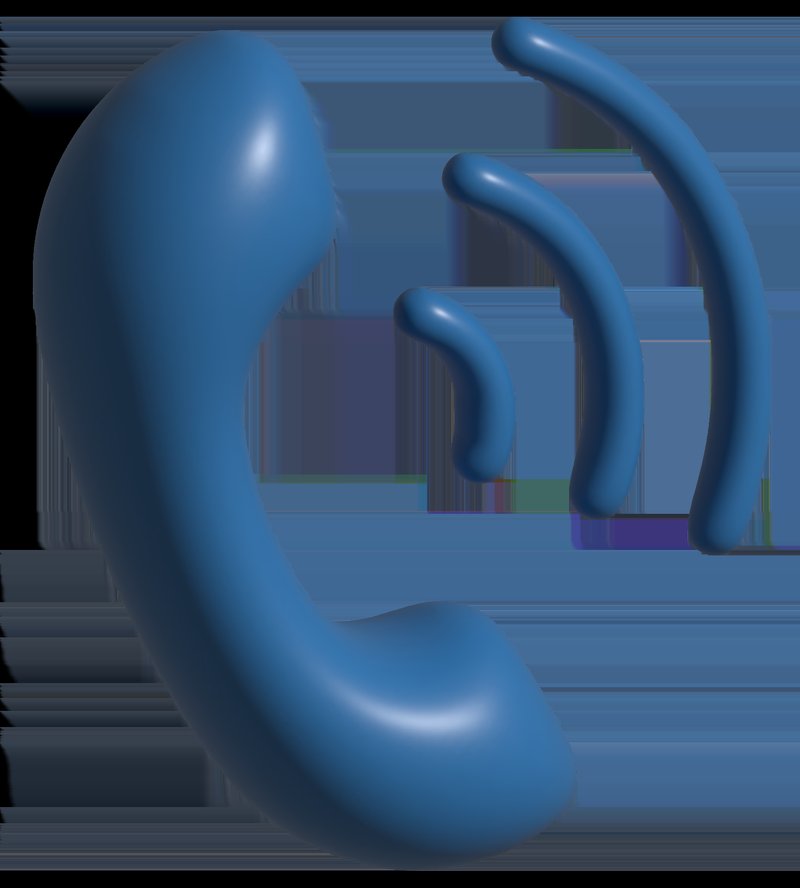
Samsung ovens and ranges are known for their reliability, but like all technological wonders, they can experience hiccups. An E3 error code is essentially a nudge from your appliance saying, “Hey, I need a little help here!” You might be thinking, “Do I really need to call in the cavalry, or can I roll up my sleeves and tackle it myself?” Let’s dive into this topic, break it down, and figure out when it’s time to get a professional involved.
Understanding the E3 Error Code
First things first, what exactly does the E3 error code mean? In the world of Samsung ovens and ranges, an E3 error generally points to a temperature sensor issue. Think of the temperature sensor as the oven’s internal thermometer. Its job is to ensure that the oven heats up to and maintains the right temperature for your cooking needs. When this sensor fails or malfunctions, the appliance might get confused about how hot it really is, which is where the E3 code comes into play.
Now, you might wonder why this sensor fails. There are a couple of common reasons. It could be due to normal wear and tear — appliances, after all, are much like athletes in that they age over time. Alternatively, it could be caused by a sudden power surge, which is like a jolt of electricity that fries the sensor’s circuits. A malfunction here can prevent your oven from reaching the desired cooking temperature, leading to uneven or undercooked meals.
So, should you attempt to fix this on your own? Before reaching for your toolbox, consider this: dealing with electrical components without proper knowledge can be risky. If you’re not comfortable working with wiring or electronics, it’s often best to leave this to a professional. However, if you’re the kind of person who loves a DIY challenge, understanding the root cause could help you make an informed decision.
Signs It’s Time to Call a Technician
Okay, here’s the deal: there are certain telltale signs that you should definitely call a technician when facing an E3 error code. Firstly, if your oven is consistently displaying the error code even after restarting, it’s a pretty big red flag that something’s deeply amiss. Just like ignoring a roaring engine noise in your car, ignoring persistent error codes can lead to even bigger problems down the line.
Secondly, if you notice that the oven is not heating up at all or heating unevenly, it’s another indicator that professional intervention might be needed. Imagine trying to bake a cake but only half of it bakes properly — that’s because the oven isn’t distributing heat evenly due to the faulty sensor. In such cases, the appliance isn’t just failing to perform well; it’s actively disrupting your culinary efforts.
Lastly, if you’re experiencing electrical issues like sparks or a strange burning smell, that’s your signal to stop and call a technician immediately. Electrical mishaps can pose serious safety hazards, not just to your appliance but also to your home. While DIYing seems like a quick fix, these signals mean there’s more at play than meets the eye.
What a Technician Will Do
When you decide to call in a professional, you might be curious about what they’ll actually do to resolve the E3 error. A trained technician will start by inspecting your appliance to confirm the source of the problem. Think of them as detectives piecing together the clues that led to the error code. They’ll check the temperature sensor for wear, damage, or disconnection and run diagnostic tests to assess any underlying issues.
Sometimes, the fix might be as simple as replacing a faulty sensor or rewiring a loose connection. Other times, they might discover that additional repairs are necessary to prevent future malfunctions. For example, if they find an electrical surge caused the sensor to fail, they might suggest installing a surge protector to safeguard your appliance moving forward.
Moreover, technicians often have access to specialized tools and genuine replacement parts that ensure your oven is fixed right the first time. So, while calling a professional might seem like a hassle, it can save you time and future headaches, giving your oven a new lease on life.
Preventative Measures and Maintenance Tips
Now, let’s talk about how you can prevent this pesky error from popping up in the first place. Regular maintenance is key. Just like you wouldn’t drive your car for years without an oil change, your oven needs a little TLC now and then. Cleaning the interior and checking for signs of wear can go a long way in keeping your appliance running smoothly.
Also, consider using a surge protector to shield your oven from unexpected power spikes. It’s a small investment that can prevent future electrical issues. And, try not to slam the oven door, as the impact can jar the sensor or other delicate components out of place — kind of like trying to close a book too hard and bending its spine.
Lastly, familiarize yourself with the user manual. It might not be the most thrilling read, but it can provide tips on how to take care of your oven and troubleshoot minor issues. By being proactive, you’ll not only extend the life of your appliance but also enjoy hassle-free cooking.
In conclusion, when faced with an E3 error code, it’s crucial to understand the problem and know when to seek professional help. By taking preventative measures and knowing when to call a technician, you can keep your Samsung oven or range in top condition, ensuring delicious meals without interruption.
